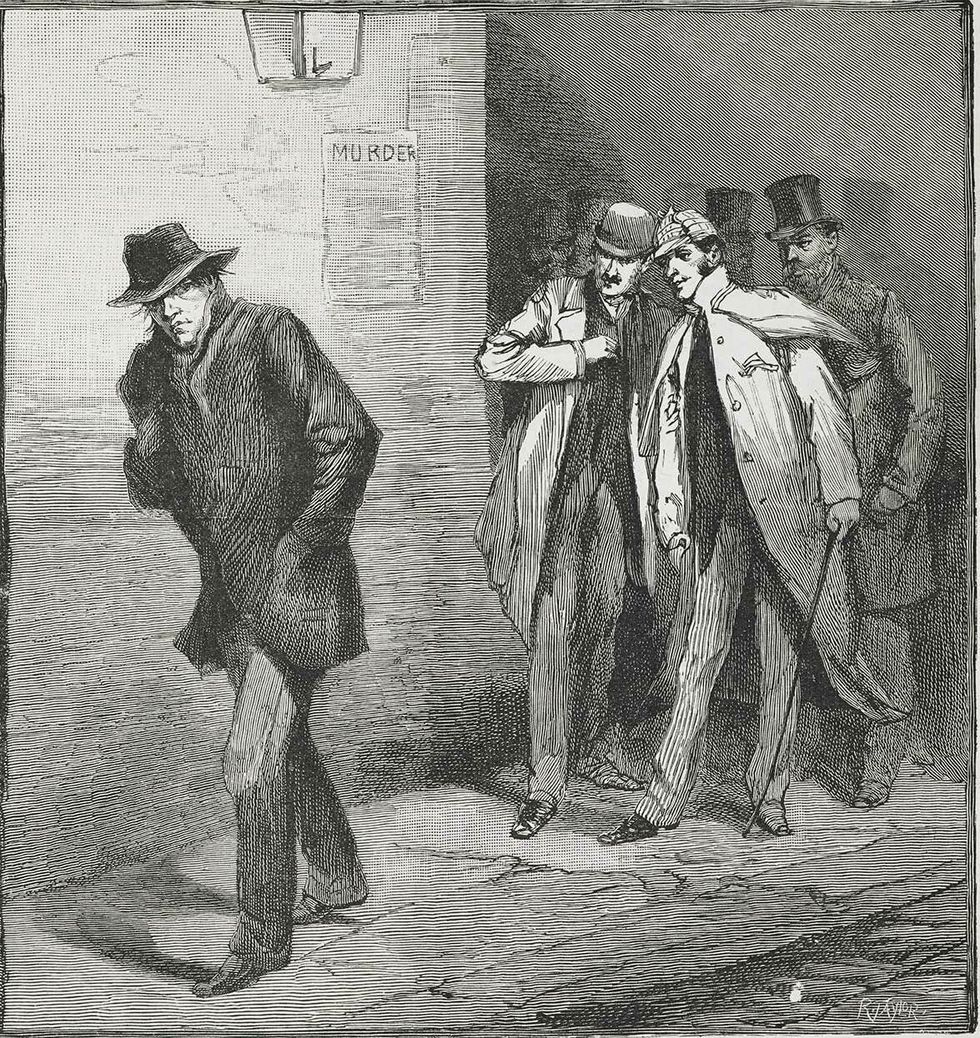Gregory Robinson
Oct 24, 2024
- YouTube
It’s a mystery that has caused intrigue for over a hundred years but now Jack the Ripper’s identity might have been revealed.
The unidentified serial killer is believed to have killed at least five women, who all worked on the impoverished streets of Whitechapel as sex workers.
The women were Elizabeth Stride, Mary Jane Kelly, Mary Ann Nichols, Annie Chapman and Catherine Eddowes. They are known as the ‘Canonical Five’ because out of all the murders at the time, they are most likely to be linked to the Ripper.
The man behind the grotesque killings in London’s East End has managed to remain a mystery ever since. But this could all be about to change. Author and Jack the Ripper researcher Russell Edwards says he has a pretty good idea of who the murderer actually was.
It all comes down to a key piece of evidence found at the scene the killing of Eddowes, which happened on the night of 30 September, 1888. A shawl was found at the crime scene, which was taken home by one of the police officers.

The shawl was auctioned off and purchased by Edwards in 2007 and he put the garment through DNA testing. Blood and semen stains were found.
The blood stains matched a descendant of Eddowes, and the semen stains were a DNA match for a distant relative of a man suspected of the killings at the time; Aaron Kosminski, the Mirror reports.
Now, Edwards has written a book, Naming Jack the Ripper: The Definitive Reveal, in which he claims Kosminski is the most likely culprit.
In the new book, which is a follow-up to his own text, Naming Jack the Ripper, Edwards says police at the time believed Kosminski had a “great hatred of women, specially of the prostitute class, and had strong homicidal tendencies”.
Despite the apparently strong suspicions surrounding the barber, he was never arrested for the crimes and he died in an asylum in Hertfordshire in 1919.
Although it may sound like the Jack the Ripper case can now be closed, the DNA evidence has been contested over the years. The blood and semen on the shawl are over 100 years old and in 2014, Ripper expert Andrew Smith said it was ‘highly unlikely’ that it hadn’t been contaminated in the years that have passed.
In 2014, the shawl as a key piece of evidence in identifying Kosminski as the killer was called into question. This came after the scientist who carried out the DNA analysis made a “fundamental error” when calculating the changes of Kosminski being the murderer by using a DNA database, The Independent reported at the time.
There are still so many layers to this mystery…
Sign up for our free Indy100 weekly newsletter
How to join the Indy100's free WhatsApp channelHave your say in our news democracy.
Click the upvote icon at the top of the page to help raise this article through the Indy100 rankings
Top 100
The Conversation (0)














